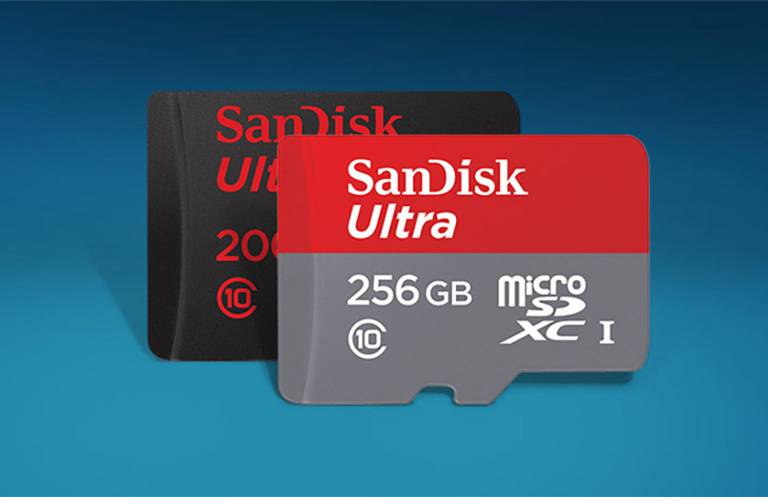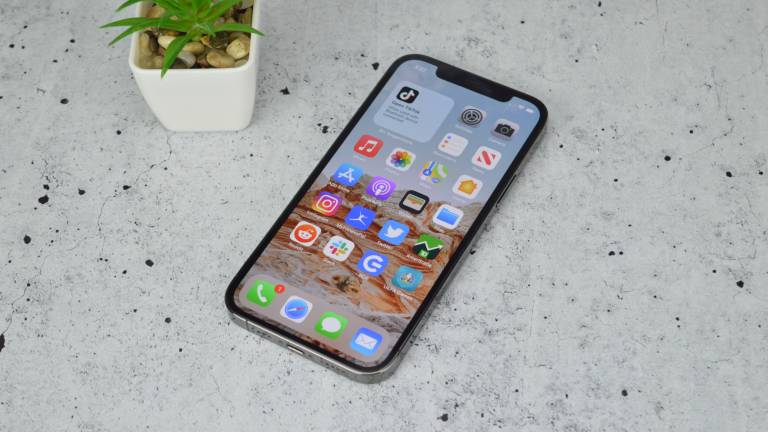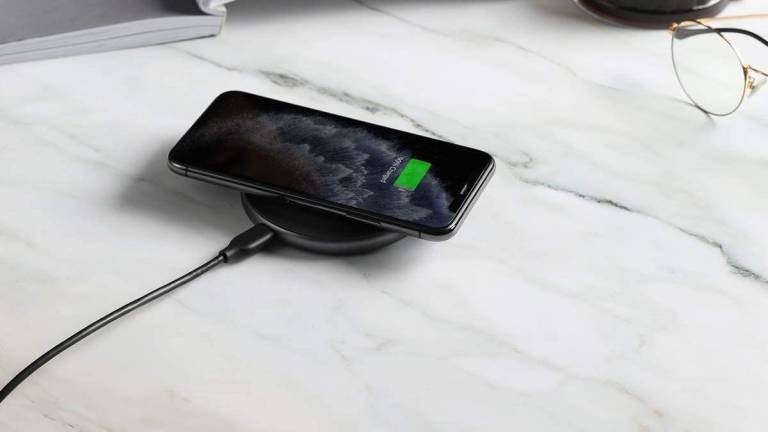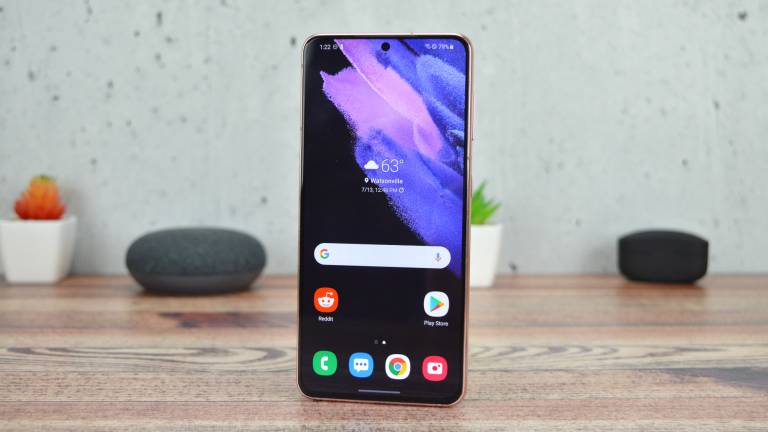Buying a new smartphone can be a tricky task. If you’re an iPhone user, it’s a little easier — you usually only have a few models to choose from each year. But if you’re an Android user, the task of finding a new phone can be a little harder. After all, hundreds of Android phone models come out every single year. Hence this phone buying guide.
If you’re in the market for a new smartphone, there are a number of things that you should consider first. Some of the things listed below may not matter to you. But it’s still important to be educated on different smartphone specs, so that you can make an informed decision.
Here’s everything you need to know about smartphone specifications.
Processor

First up in our phone buying guide is the processor. Like with any computer, a phone’s processor has a big impact on how well it can handle tasks. If all you want to do is browse the web and scroll through social media, then the processor is probably a little less important. But the more you play mobile games, multitask, and so on, the more important a decent-performing processor is.
A number of companies make processors for smartphones. If you’re an iPhone buyer, you don’t need to worry much about the processor. Apple makes processors for iPhones, and the higher the number in the name, the better. For example, the A14 Bionic processor in the iPhone 12 is better than the A13 Bionic in the iPhone 11. Here’s a rundown of some other chipmakers.
Qualcomm
The biggest and most important Android chipmaker is Qualcomm. Qualcomm makes quite a few chips, in a few different series’. The 8-series is Qualcomm’s highest-end series of chips, followed by the 7-series, 6-series, 4-series, and 2-series. Unfortunately, it’s not just as easy as “the higher the number the better” though. A new 7-series chip is going to be more powerful than an 8-series chip from five years ago. But if you’re only considering recent models, then anything from the 6-series, 7-series, or 8-series should be powerful enough for most.
MediaTek
MediaTek is another company that supplies chips for Android smartphones. MediaTek’s top-tier processors include the Dimensity 1100 and Dimensity 1200, and any phone with these chipsets should perform decently well. MediaTek’s Helio series powers many midrange phones, and won’t quite perform as well as Dimensity processors. MediaTek chips that aren’t Dimensity or Helio chips are usually pretty low-end, but the trade-off is that they’re cheaper than the competition.
Samsung
Samsung also makes smartphone chips, in its Exynos series. Many of these chips are relatively high-end, but don’t usually perform as well as Qualcomm’s processors. Samsung only really builds these chips for its own phones.
RAM
RAM, or Random Access Memory, is essentially where your phone stores files and applications on a short-term basis. Basically, the more RAM your phone has, the more room there is to keep files and code open for quick access.
RAM is generally a type of super-fast storage — and much faster than the main storage included in your phone. Generally, more RAM is better, however it also depends on how well your phone handles the RAM it does have. For example, iPhones perform extremely well despite only having around 4GB of RAM, simply because Apple has well-optomized how the operating system and other components work with the RAM that iPhones have.
Because most Android manufacturers aren’t Google, they have less say over how Android uses RAM, and as a result, they often need more RAM to perform well. Generally, phones with 8GB or more of RAM will easily handle most multitasking, but devices with 4GB or 6GB should still perform well enough for most situations.
Storage

Next up in our phone buying guide is storage. Storage has less to do with how your phone performs, and more to do with how much stuff you can keep on it.
Generally, as time goes on devices have more and more storage. But some people don’t necessarily need much storage. That’s because of the rise of cloud services. For example, the only thing I really store on my phone is apps — my music, videos, and even files, are all stored in the cloud and only downloaded to my device as I stream them or view them.
That’s not to say that storage is unimportant. After all, apps are also getting bigger and bigger, meaning that you may need a little more room to store them as time goes on.
Unsure how much storage you need? Well, the first step would be to see how much you currently use. On an iPhone, you can do so by heading to Settings > General > iPhone Storage. On an Android device, head to Settings > Storage. If you’re not close to the limit on your current device, you probably don’t need much more than that on your next device.
On some Android phones, you can expand on your storage through the use of a MicroSD card slot. This allows you to buy and use MicroSD cards for additional room for your files and apps.
Display size

We’ll get into other display specs in other sections, so this one is pretty straightforward. If you play a lot of games and watch movies on your phone, then a larger display may be important to you. If you don’t, then you may not care as much — and in fact, might prefer something more pocketable anyway.
These days, phone displays range from around 5 inches to around 6.8 inches.
Display type
Phone displays are generally either LCD, OLED, or AMOLED displays. Here’s a quick rundown of each, but for more, check out our full guide on different display types.
LED
LED displays offer a bright image with vibrant colors. These displays can’t quite offer the same deep black levels as OLED displays simply because of the fact that they have a backlight rather than control over individual pixels. This may change, however, with tech like Mini-LED and Micro-LED displays — however that tech has yet to come to smartphones.
OLED
OLED displays offer deeper black levels than LED displays because they can control each pixel, turning pixels off when there’s black in an image. This also helps OLED displays conserve energy. OLED displays often don’t get quite as bright as LED ones, but they definitely get bright enough for most use.
AMOLED
AMOLED displays are similar to OLED displays, but have an active matrix to control the LEDs, which can help allow for faster refresh rates and more precise control. That’s not to say that OLED displays aren’t fast though — phones with OLED displays should still easily perform.
Display resolution

Display resolution has to do with how many pixels make up a display. More pixels make for a sharper image, though a higher-resolution display will also draw more power from the battery.
Most high-end phones have a 1,440p display, which means that there are 1,440 columns of pixels. Some phones have 4K displays (around 4,000 columnes of pixels), however on a display so small, most can’t really see a difference.
Midrange phones these days generally have a 1,080p display, which, to be frank, is still crisp enough for most users. Low-end phones often have a 720p display. We would recommend against buying a phone with a resolution lower than that.
Display refresh rate
A display’s refresh rate relates to how often the screen can create a new image per second. Screens don’t actually display fluid motion — they just display a static image that changes so fast that it looks like fluid motion. A 60Hz refresh rate can create a new image 60 times per second — while a 120Hz refresh rate doubles that to 120 times.
The result of a faster refresh rate is an image that looks and feels smoother and more responsive. It’s especially helpful for things like scrolling and software animations, along with gaming — as long as the game in question can actually take advantage of a faster refresh rate.
Battery

Battery capacity is measured in milliamp hours, and basically refers to how big a battery is. Unfortunately, this is a metric that isn’t really very indicative of how long a phone will last on a charge. All kinds of things impact how long a phone will last — including the display specs, network usage, and how often you do things like game on your phone. As such, it can be tricky to figure out how much usage you specifically will get. Most phone reviewers attempt to measure the battery though, so it’s worth checking reviews before you buy if you’re worried about battery life.
Charging

How you charge a battery matters too. These days, there are two ways of charging a battery — through a cable, or wirelessly. Wireless charging is much more convenient than wired charging but generally slower. That said, if you pop your phone on a wireless charger, it should still fully charge in a few hours.
Charging speed is measured in watts. All kinds of companies have attempted to develop charging tech to charge phones faster, and some phones can charge at a hefty 120W, which means they can fully charge in 15 or 20 minutes. Wireless charging ranges up to around 50W, but only leveraging propriety tech and fast wireless chargers. Standard wireless charging is around 10W or 15W.
To leverage the fastest charging speeds, you’ll need the right charging bricks and/or wireless chargers.
Camera

Next up in the phone buying guide is camera. Camera quality is becoming increasingly important as people use their phones for more and more photography and videography. But it’s hard to actually tell the quality of a camera without using it. That’s because of the fact that while there are some specs you can look at, how good an image looks is a little more subjective.
Camera type
We’ll run through a few camera specs to help you figure out what a phone camera is capable of. The first thing to consider is the camera type. These days, most high-end phones come with at least a few cameras. They’ll often include one standard wide-angle camera, which you’ll use in most “normal” situations. Sometimes, they’ll also include an ultrawide camera, which can see a wider image than the normal wide-angle camera. And, sometimes they’ll come with a telephoto camera that can zoom into a scene without losing information in the process. Telephoto cameras in smartphones are usually between 2x and 4x.
Megapixels
When you’re looking at camera specifications, you’ll probably see how many megapixels each camera is. The number of “megapixels” refers to a camera’s resolution. One megapixel refers to one million pixels. So, a 12-megapixel camera can capture an image with 12 million pixels. Sometimes, cameras don’t actually produce an image with that many pixels though — often they just use that information to create the final image that you see. Generally, it’s not worth worrying too much about how many megapixels a smartphone camera is.
Aperture
You may also see a camera aperture listed. Aperture is measured in f-stops, which is a ratio of the focal length divided by the size of the camera’s opening. The smaller the number, the more light a camera can let in.
Generally speaking, if you’re not a camera nerd, we recommend just looking at reviews to see how good a smartphone’s camera is.
Operating system

In the smartphone business, you generally have to choose between two operating systems — Google’s Android, and Apple’s iOS. These days, deciding between the two also means deciding which tech ecosystem you prefer as a whole. Apple’s iOS, for example, integrates with devices like the Mac and iPad, as well as services like iCloud, Apple Music, and so on. Android, on the other hand, leverages Google’s ecosystem, better supporting deep integration with services like Google Drive, Google Photos, Search, and more.
Generally speaking, iOS is a little more consistent in how it works, while Android is much more customizable. For example, Android lets you install apps from third-party sources, while iOS doesn’t.
If you do go the Android route, you have other decisions to make too. That’s because Android manufacturers can tweak Android and how it works on their phones. Samsung famously heavily tweaks Android to look different, work a little differently, and prioritize Samsung’s own apps and services.
Network support
Every 10 years or so, a new generation of network comes out. Right now, we’re in the midst of the deployment of 5G. Only one problem — if you actually want to use 5G, you both need to be near a 5G tower or cell, and have a phone that supports these 5G networks.
There are different types of 5G networks too, further complicating things. There are so-called Sub-6 networks that aren’t quite as fast, but can travel further distances. And, there are mmWave networks that are super-fast, but not necessarily as reliable.
If connecting to different types of networks is important to you, you’ll want to double-check that your phone supports the different networks for your carrier.
Design
Last but certainly not least is design. Who wants a phone that they find ugly? Of course, this one is almost entirely subjective — different people have different design tastes. But when you’re considering how much you like a phone’s design, keep in mind that you may end up putting it in a case anyway, so it may not matter quite as much.








